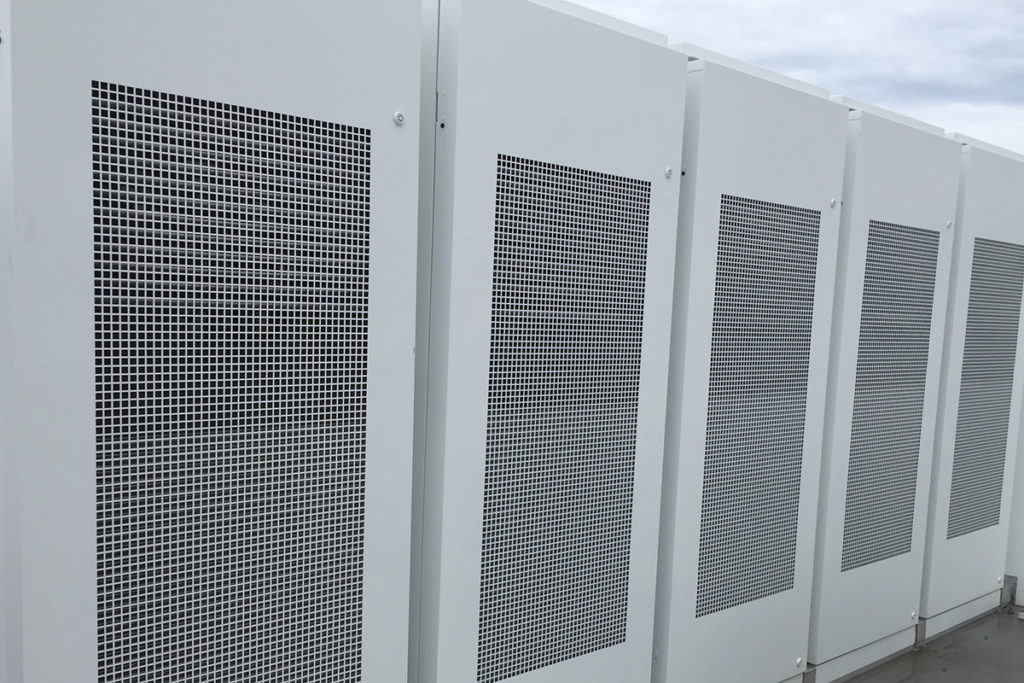
A resilient neighborhood is under construction in North Carolina, where an electric cooperative will be at the helm of a microgrid to keep residents powered during times of volatility, be it weather or prices.
Wake Electric Membership Corp. is working with a home builder and North Carolina Electric Membership Corp., the statewide generation and transmission cooperative, to provide a microgrid to serve the 31-home subdivision during extreme situations.
“As a residential homeowner in the neighborhood, most of the benefit will be that the resilience of their electric service will be very high,” said Don Bowman, vice president of engineering and operations at the Wake Forest-based distribution co-op.
The microgrid will consist of two 150-kilowatt generators fueled by propane and a 1 megawatt-hour/500 kW Tesla PowerPack battery system. NCEMC will own the battery and will also configure the controller that will tie all of the microgrid components together.
“This new project will continue to move our operational understanding of microgrid capabilities forward,” said Bob Beadle, project manager for NCEMC. “It will provide new use cases for microgrid technology in a residential setting.”
The neighborhood will be able to run for up to 36 hours in times of outages due to hurricanes, other weather events, accidents, equipment failure or even proactive maintenance work on the system, said Bowman. The microgrid will also be connected to the main grid, adding new power resources that support greater reliability.
“We will have the ability to make the neighborhood resilient, and we will have added support for our transmission and distribution system,” said Bowman.
Groundbreaking on the Youngsville subdivision, about 40 miles northeast of Raleigh, is slated for this month. Construction of the homes is expected to be completed by year’s end.
The project began when the developer came to the Franklin County economic development office, located in Wake EMC’s headquarters building, with the idea of a subdivision where each house had its own generator.
“We asked him to think about all the generators coming on at the same time,” which would produce more generation than necessary and could potentially be very noisy, said Bowman. “We came to the conclusion that 300 kilowatts of generation in a remote corner of the subdivision property could serve [the homes] and began to build a microgrid for the neighborhood.”
With the goal of building all-electric homes, the co-op offered a rebate for electric water heaters in each house. It expects to recover the cost of the rebates in a couple of years. Each home’s garage will also be prewired for electric vehicle charging.
“If we work toward making this a so-called ‘resilient neighborhood,’ we’d like to see that our members are confident in building all-electric homes,” said Bowman. “We are excited to have a residential subdivision that has its own microgrid.”
Cathy Cash is a staff writer at NRECA.